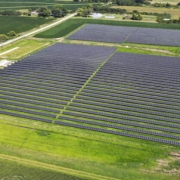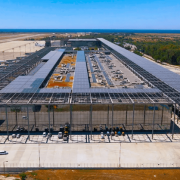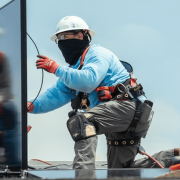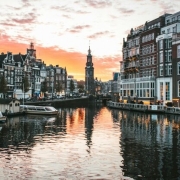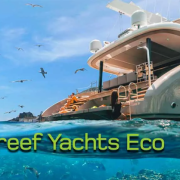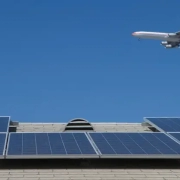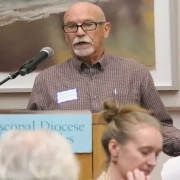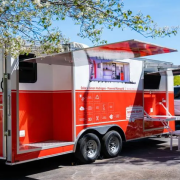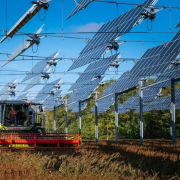Nexamp announced a new community solar partnership with Starbucks. By committing as a long-term renewable electricity purchaser, Starbucks will anchor the deployment of more than 40 MW of solar energy in Illinois communities. The six new community solar projects being added to Nexamp’s growing Illinois portfolio will provide significant electricity savings to more than 1,100 local residents who subscribe within the ComEd and Ameren utility territories.
In addition to the clean energy and savings benefits for communities, these solar farms also represent impactful employment opportunities and will accelerate Nexamp’s workforce development initiatives in the state. Construction and operation on these six projects will help create several hundred new jobs, including roles for participants in Nexamp’s new fellowship programs. Through partnerships with organizations such as City Colleges of Chicago, the Chicago Urban League, Uplift Community High School, 22C, and other Future Energy Jobs Act (FEJA) job training organizations, Nexamp is leading workforce development programs aimed at a wider range of communities.
Click here to read the full article
Source: Solar Power World
—
If you have any questions or thoughts about the topic, feel free to contact us here or leave a comment below.

